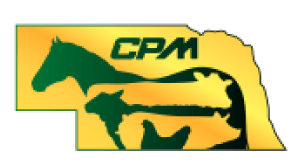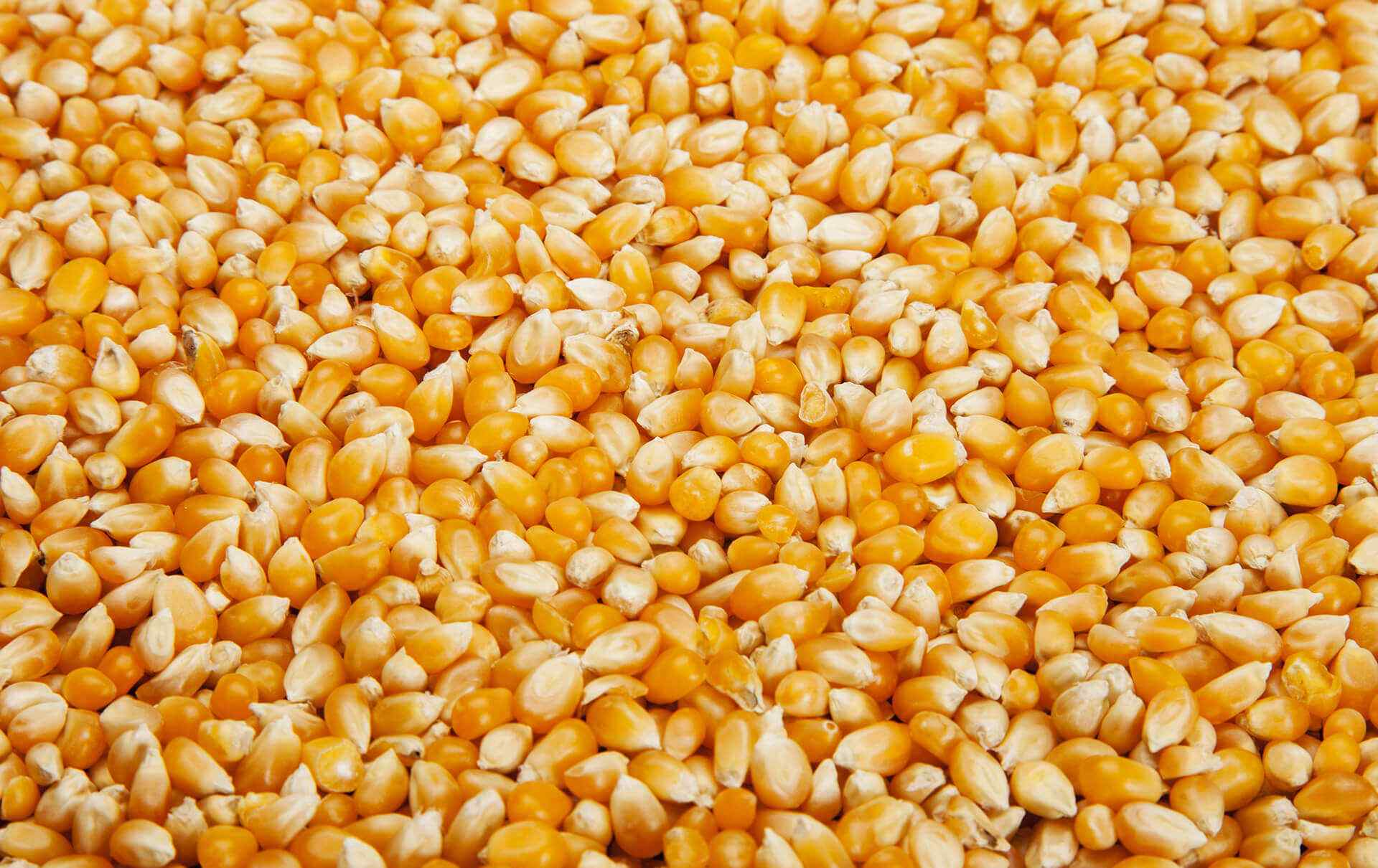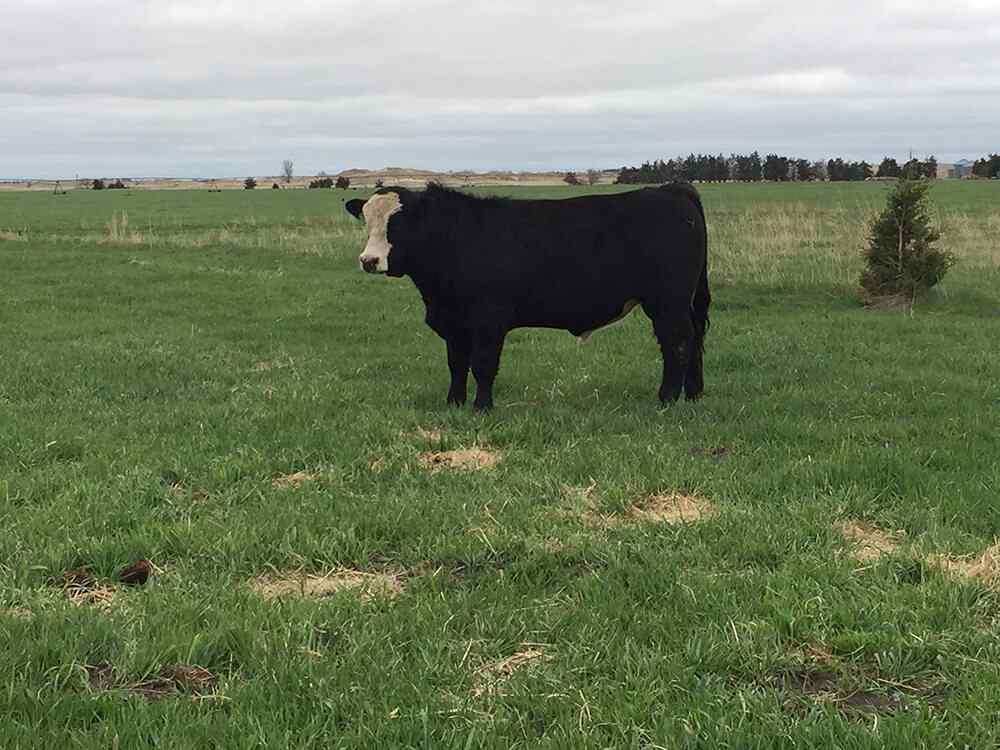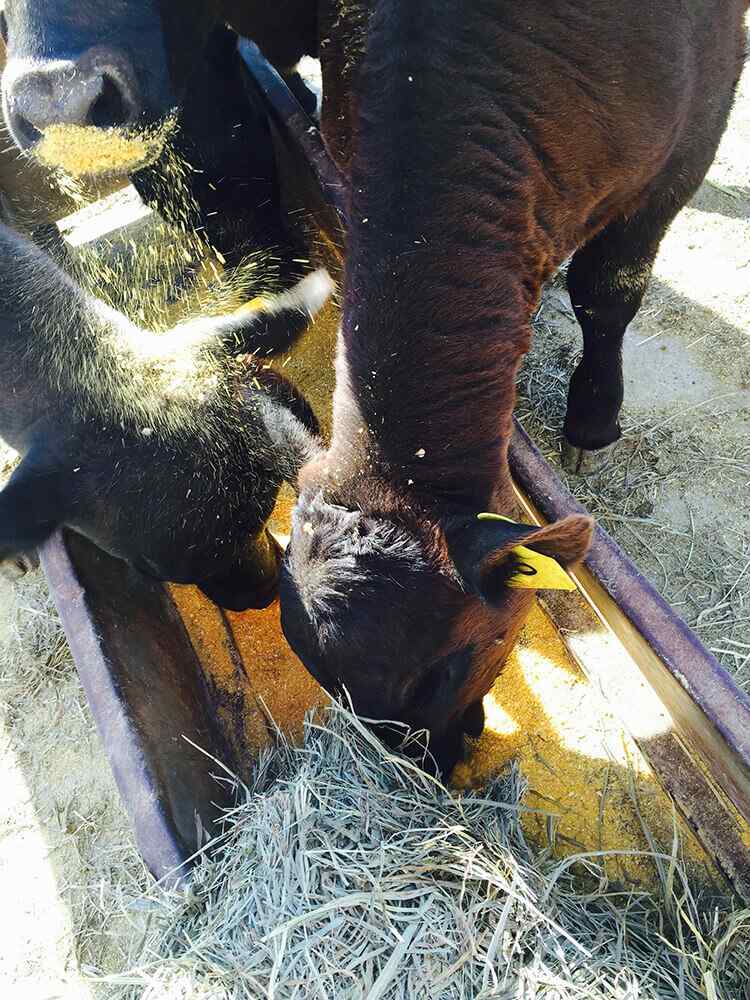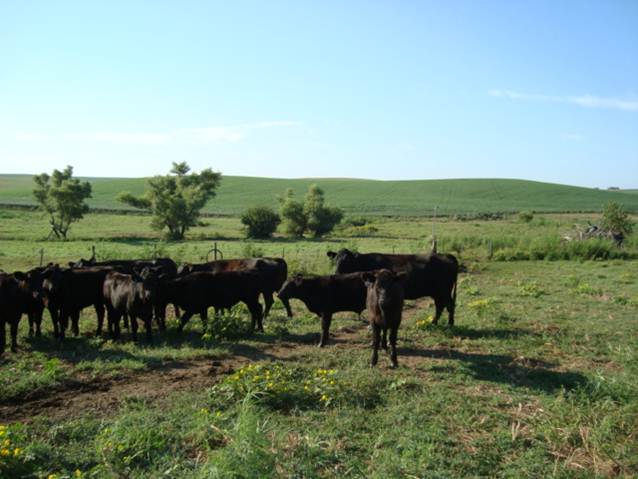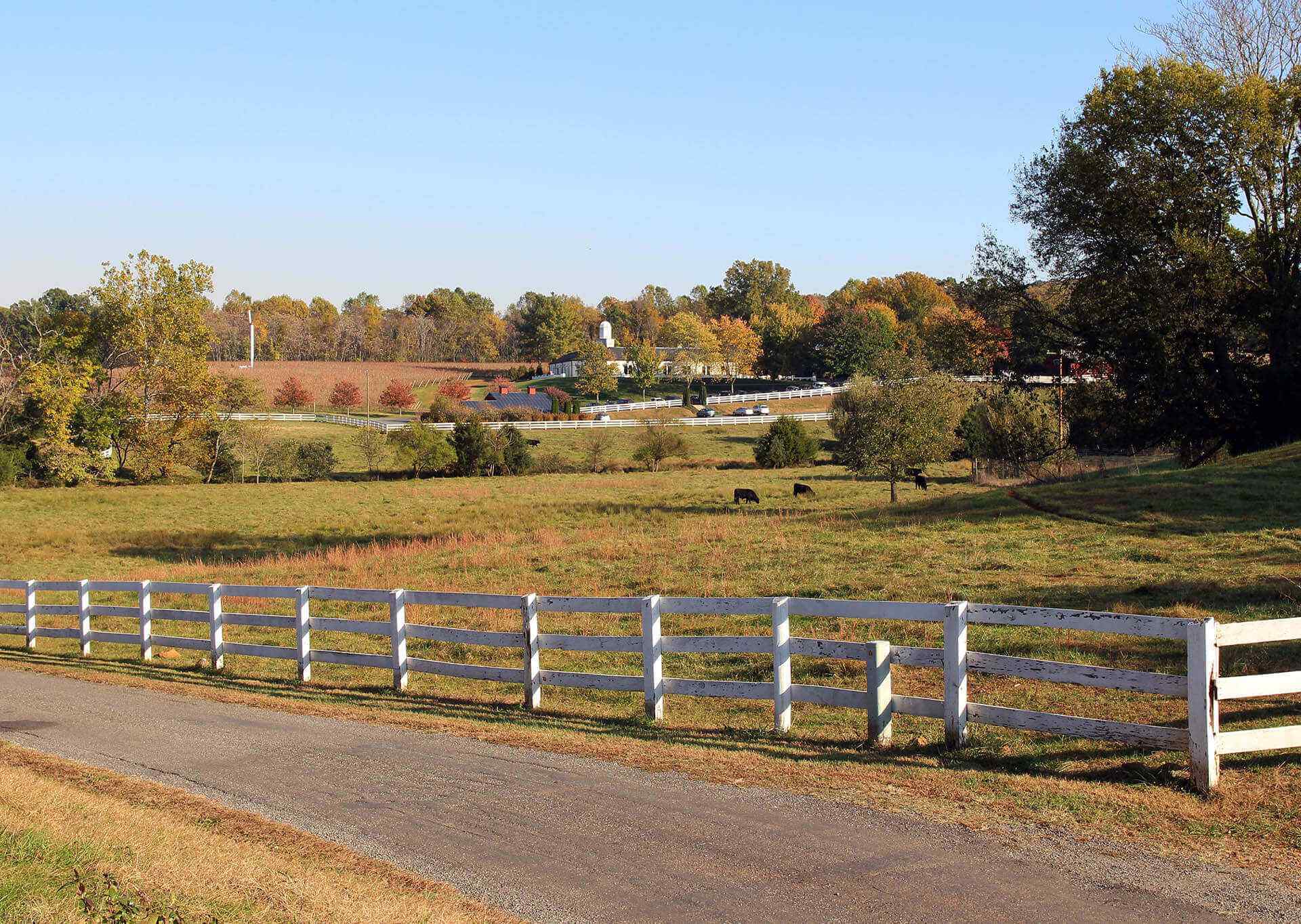COLUMBUS — In the year since Russ Vering bought the former Husker Coop in Columbus, about $850,000 has been invested to update the facility.
Continue readingFears of Uncertainty Not Reality with VFD Rules
The new Veterinary Feed Directive requirement has been in effect for livestock producers since Jan. 1. Producers across the country need a written VFD in place to get certain medications for their animals. So far, things seem to be going reasonably well despite the uncertainty that typically surrounds new requirements.
Continue readingCorn Silage Tips and SAFETY
Did you know an estimation of 16-18 percent of corn silage put up in 2016 will be lost, equaling about $1.1 – 1.3 billion in feed inventory? The recommended minimum silage density is 15-16 lbs. per ft3 (44 to 48 lbs. fresh weight bulk density per cubic foot). This density helps with compaction and deprivation of oxygen for spoilage within the silage. Achieving a higher silage density and measuring DM recovery at the end of a feeding period are positively related when put up correctly because you are now minimizing spoilage by blocking out oxygen throughout the silage . This also increases storage capacity of existing bunkers while decreasing the height of drive-over piles (without reducing storage capacity).
Continue readingCow-Calf Confinement Option
With the current price of land and the decreasing availability of pastures, cow-calf producers are starting to look for other options. The traditional rotational grazing of stocks and pastures isn’t as profitable as it once was; since it requires a high capital in order to make it work. Not only is there a 6.3% decrease in grazable acres, but the prices of land and the market risk make it unsuitable for some producers today. The U.S. cow herds must continue to grow in the industry if it is going to preserve and regain lost market share. One way producers can do this is through a confined or semi-confined system.
Continue readingHeat Stress
With summer approaching, so is the heat. Higher temperatures and humidity with lower wind speeds increase the risk of heat stress. When cattle are heat stressed, performance can be decreased. If you notice the cattle panting or hanging their mouth open, that is a great indication that your cattle are heat stressed.
Continue readingParasite Resistance
Creep Feed & Fly Control
Creep feed can give an economic advantage when it comes time to sell your calves. The profitability of creep feeding is related to: the cost of the creep ration, the F: G of the creep, and the price of calves when selling. CPM has a very economical creep feed called BOVAMAX Creep.
Continue readingScours Prevention
Calf scours accounts for a major portion of financial losses to the producers. Scour outbreaks are typically associated with mud, slush, or bad weather. There are several different kinds of bacteria, virus, protozoa, yeast, and molds that will cause scours. Weather conditions are out of human control; however there are preventative management measures that can be taken to reduce the risk of contracting scours.
Continue reading